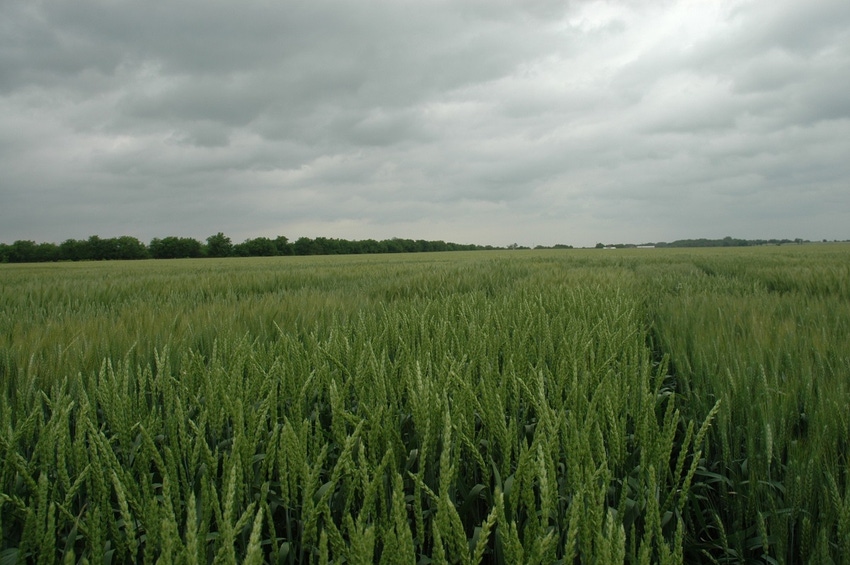March 1, 2018

The USDA released 2018/19 wheat marketing year supply and demand projections at its 2018 Outlook Forum. The average annual 2018/19 U.S. wheat marketing year (June 1, 2018 through May 31, 2019) price is projected to be $4.70.
Oklahoma and Texas average annual wheat prices tend to average 10 cents to 15 cents less than the U.S. price ($4.70 - $0.10 = $4.60).
At this writing, wheat may be forward contracted for 2018 harvest delivery at Perryton, Texas for $5.05, and in Burlington, Okla. for $4.70. The forward contract basis at Perryton was a minus 35 cents, and at Burlington the basis was a minus 70 cents off the KC July wheat contract price ($5.20).
Using the projected average U.S. wheat price to predict the Oklahoma/Texas average annual price involves risk. Between June 1, 2107, and January 31, 2108, U.S. wheat prices averaged $4.65, and Oklahoma prices averaged $3.68 (U.S. 97 cents greater than Oklahoma).
During the months of August 2017 through January 2018, the U.S. average price was $4.67, compared to Oklahoma's $3.43. Oklahoma's average price was $1.19 less than the U.S. average price.
Relatively low protein
The reason 2017/18 Oklahoma wheat prices are averaging less than U.S. prices may be because of relatively low wheat protein.
For the 20-year period June 1998 through May 2017, Oklahoma prices averaged 10 cents less than U.S. prices. The largest negative average was 97 cents in 2017/18, and the highest positive was 44 cents in 2007/08.
The above data indicate that the Oklahoma/Texas average 2018/19 wheat marketing year price may be between $3.74 ($4.70 - $0.97) and $5.14 ($4.70 + $0.44)
Given that U.S. hard red winter wheat ending stocks (projected to be 484 million bushels) has an average protein of less than 11 percent, the odds of Oklahoma/Texas prices averaging above the average U.S. price are unlikely.
The reason is that if relatively high protein wheat is harvested, grain handlers will blend the relatively high protein wheat with the relatively low protein wheat in the bin. Blending will facilitate the selling of the low protein wheat.
Excess stocks limit price
At first glance, this process seems unfair to producers delivering relative high protein wheat. One way to look at this is that grain handlers are creating a market for the low protein wheat that producers delivered during the 2016 and 2107 harvests. Price increases will be limited until the excess stocks are sold. Blending may increase prices in the long-run.
Protein and test weight will have the biggest impact on wheat prices. At this writing, the Kansas City hard red winter wheat basis for 60-pound test weight wheat with less than 11 percent protein is 90 cents; 11.6 percent protein is $1.34; 12 percent protein is $1.53; and 12.6 percent protein or higher is $1.93.
Another limiting price factor will be Russian, Ukraine, etc. (FSU countries) wheat availability. FSU countries are expected to set the world price. Currently FSU wheat is being sold FOB (Free on Board vessel) for about $5.60 per bushel.
On July 5, wheat prices had increased to $5.34 at both Perryton and Burlington. The market recognized that the wheat was low in protein, and that the foreign wheat crop was going to be larger than expected. By mid-October, prices were in the $3.30 range.
The good news is that wheat prices are improving. The bad news is that no one can predict the 2018 crop size or quality. The current 2018 wheat harvest forward contract price may be high enough to warrant taking advantage of with 10 percent to 15 percent of expected production.
About the Author(s)
You May Also Like






